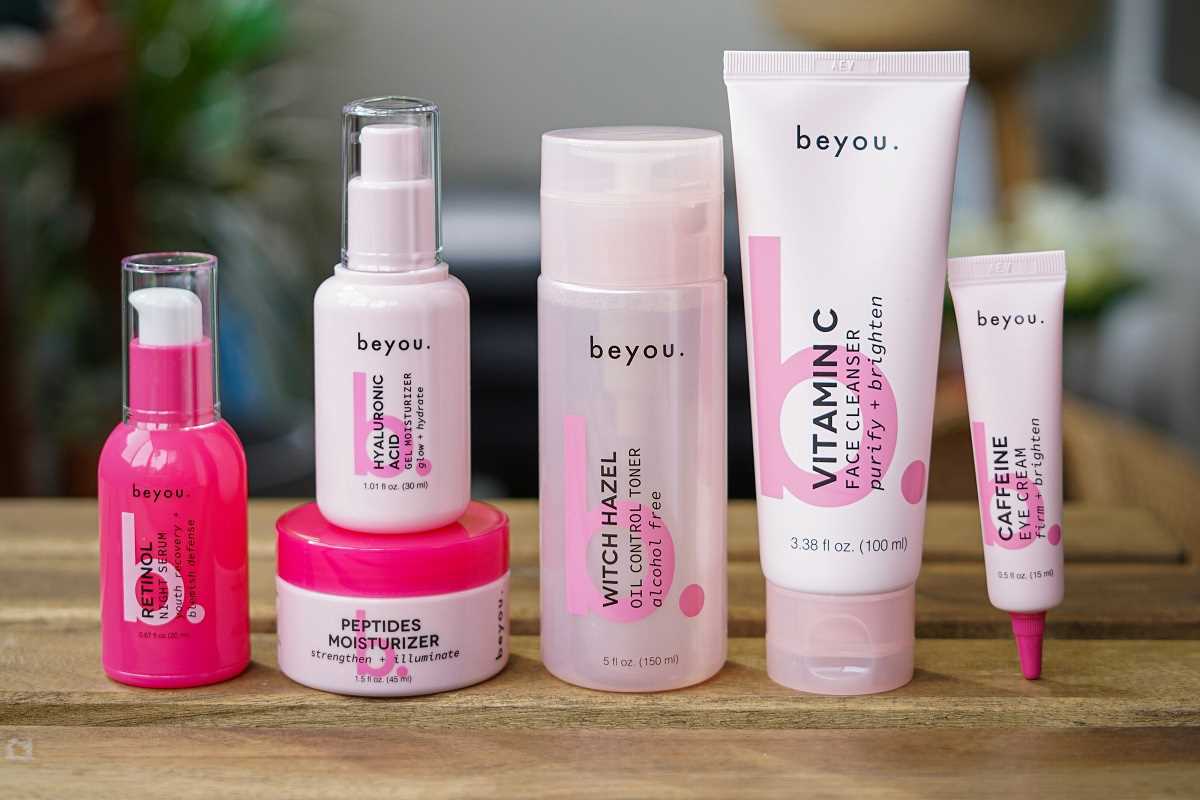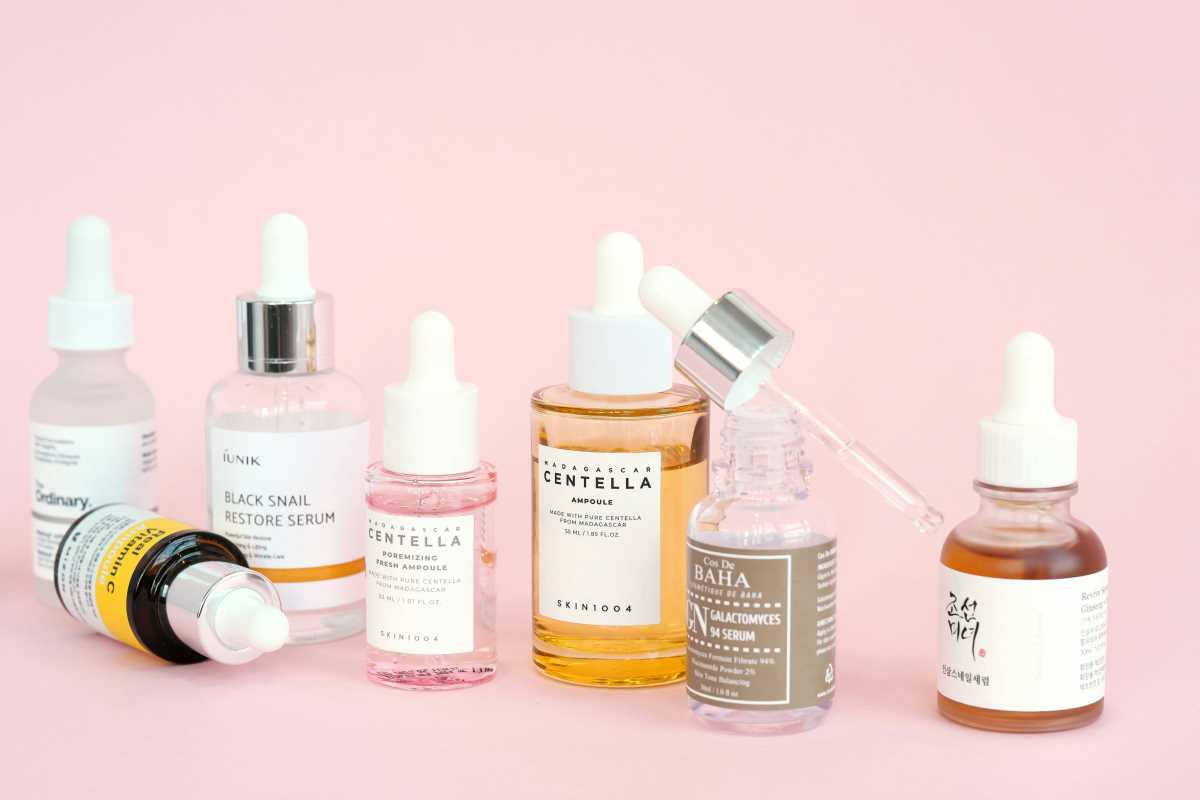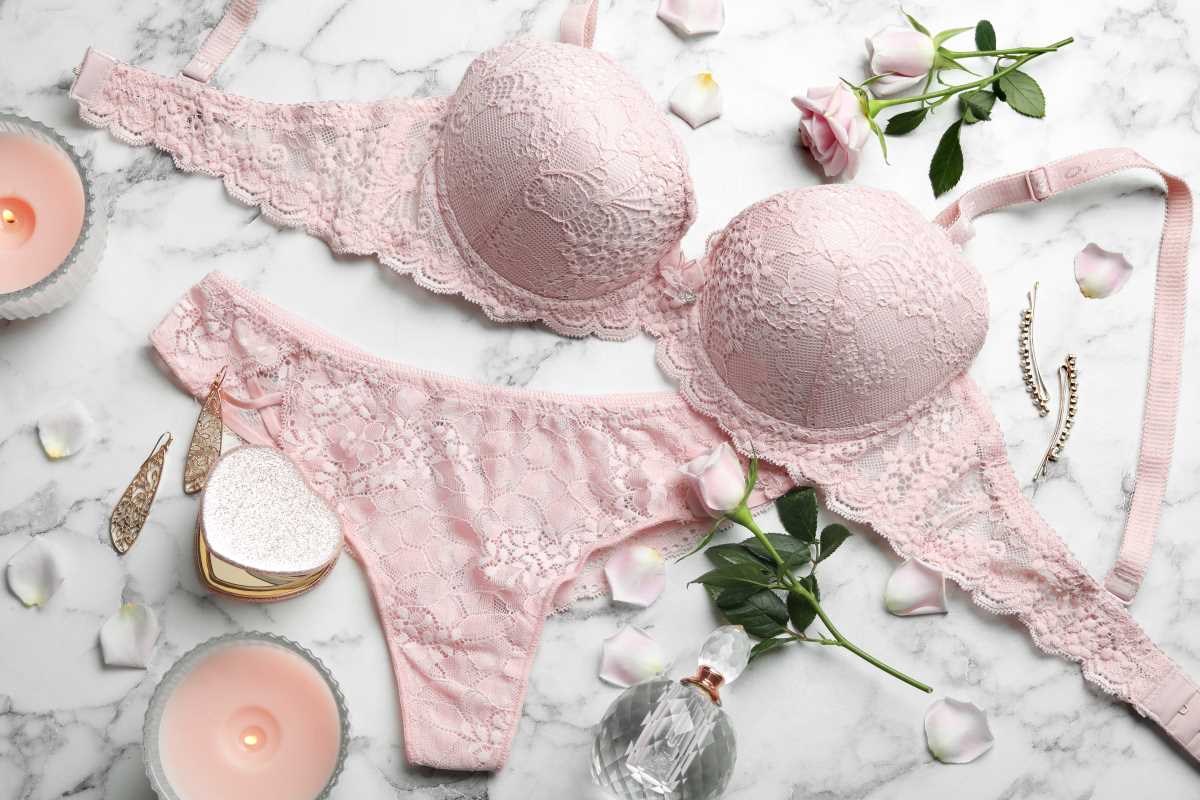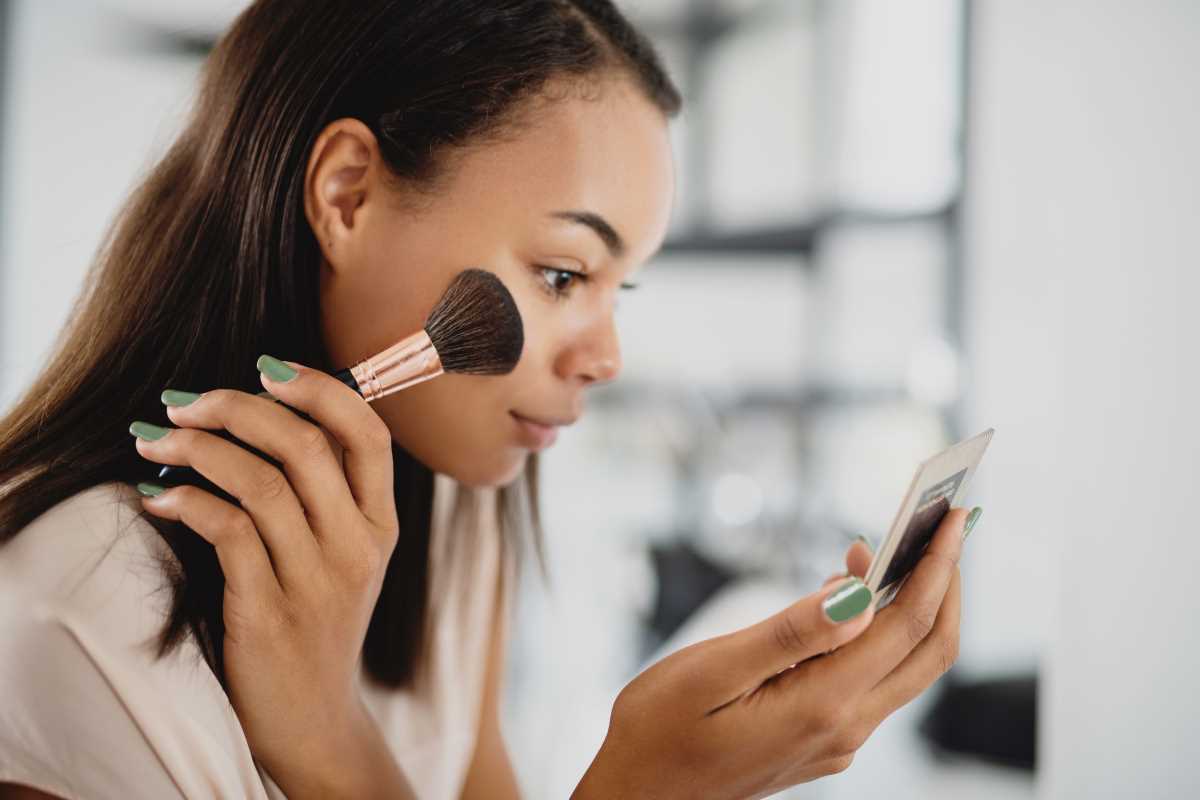Creating perfect curls at home is an art form that can elevate your style and boost your confidence. Whether you’re new to curlers or looking to refine your technique, this guide will walk you through everything you need to know to achieve beautiful, lasting curls with hair curlers. From selecting the right tools to maintaining your style, these insider tips ensure that even beginners can produce salon-worthy results.
Choosing the Right Curlers for Your Hair Type
The selection of hair curlers plays a pivotal role in the success of your styling efforts. Heated rollers are fantastic for achieving voluminous, bouncy curls quickly, making them a popular choice for many. However, it's crucial to match the size of the curlers to the desired style: larger rollers are perfect for soft waves, while smaller ones create defined, tight curls. Alternatively, if you're concerned about heat damage or prefer to style your hair while you sleep, consider using foam rollers or flexible rods. These options do not require heat, reducing damage and promoting hair health over time.
Preparing Your Hair for Curling
To ensure your curls turn out beautifully, start with the proper hair preparation. Wash and dry your hair thoroughly, as clean, dry hair curls best. If you prefer to use heat-free curlers, slightly damp hair is ideal. Applying a heat protectant spray or a lightweight mousse before curling can also protect your hair from damage and help your curls hold longer. Avoid heavy styling products that can weigh down your hair. Instead, opt for products that enhance volume and provide a light hold without leaving residue.
Sectioning Your Hair Properly
Effective sectioning is key to achieving uniform curls. Divide your hair into sections that are small enough to manage but large enough to maintain the curler's effectiveness. Typically, starting with the lower layers and working your way up allows you to manage your hair easily and ensures each section is properly styled. Using clips to hold sections in place can prevent mixing curled sections with unstyled ones, making the process smoother and ensuring that each curl receives the attention it deserves.
Curling Techniques for Best Results
The technique you use will depend on the type of curlers. For heated rollers, ensure they are not too hot to touch before wrapping your hair around them, starting from the tips and rolling towards the scalp. Secure each roller without pulling too tight to avoid hair breakage. For non-heated curlers, wrap sections firmly around each curler and secure them in place. This can be done before bed, allowing your hair to style overnight and minimize exposure to damaging heat.
Timing Your Styling
The time your hair spends in curlers can vary depending on the curler type and your hair texture. Heated rollers usually set curls within 20 to 30 minutes, while non-heated types might need several hours or an overnight session to effectively set the curls. Monitoring the time and adjusting based on how your hair responds can help you find the perfect balance for beautiful curls that hold all day.
Finishing and Perfecting Your Curls
Once you remove the curlers, gently unravel each curl and lightly separate them with your fingers for a more natural look. Avoid brushing out the curls, as this can lead to frizz or cause the curls to lose their shape. To finish, lightly mist your hair with a flexible-hold hairspray, which will keep the curls in place without sacrificing their natural bounce and movement. If you find any frizz, a small amount of anti-frizz serum or oil can smooth things out without weighing down your hair.
Troubleshooting Curling Challenges
If your curls fall out too quickly, consider using smaller sections or different curler sizes to adjust the tension and heat distribution. Ensuring your hair is healthy and well-moisturized can also improve curl retention, as dry, damaged hair often struggles to hold styles. For stubborn hair, a stronger hold product may be necessary before styling. Experiment with different products to find what works best for your hair type without causing buildup or damage.
Maintaining Your Curls
To keep your curls looking fresh longer, invest in a good silk or satin pillowcase to reduce friction and prevent frizz while you sleep. In the morning, a quick spritz of water or curl refresher can help reactivate the styling products in your hair, giving your curls a boost without a full restyle. Regular trims and deep conditioning treatments will keep your hair in optimal health, making it easier to curl and maintain the styles you love.
By following these comprehensive steps, you'll not only master the use of hair curlers but also ensure that your curls are healthy, vibrant, and beautifully defined. With practice, creating stunning curls at home can become a quick and rewarding part of your beauty routine, saving you time and enhancing your look with each twist of the curler.
 (Image via
(Image via





